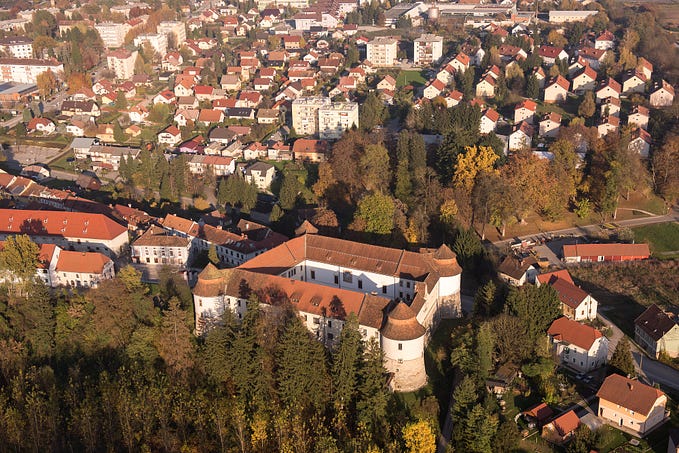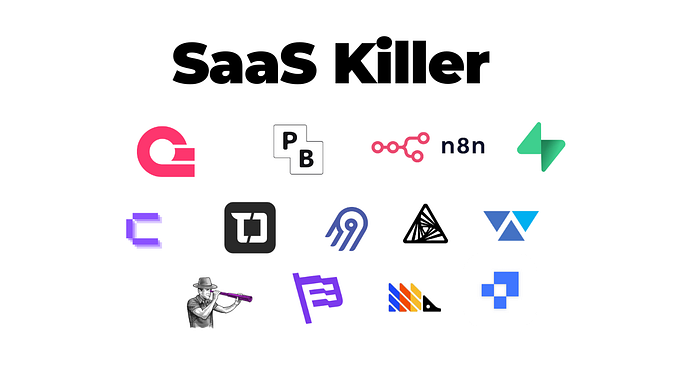COVID-19 workplace outbreaks and transmission risk

Only a few public health agencies in Canada and the United States have publicly reported detailed job title information on COVID-19 cases, except for cases involving health care workers.
The news media is one of the most accessible sources of information regarding COVID-19 workplace transmission in the absence of other occupational data.
Read this open access paper on the FACETS website.
In this study, we searched the Factiva database for news articles reporting COVID-19 workplace outbreaks in Canada and the United States to identify occupational groups at risk of COVID-19 exposure on-the-job.
We identified 1,111 unique COVID-19 outbreaks and coded the occupations described in the article.
The occupations identified in the news articles were compared with the same occupation in the Vancouver School of Economics (VSE) COVID Risk Tool by risk rating (very high to very low risk of exposure).
The occupations with the greatest number of reported outbreaks included: nurse aides, orderlies and patient service associates (n = 109), industrial butchers and meat cutters, poultry preparers and related workers (n = 79), food and beverage servers (n = 72), material handlers (n = 61), and cashiers (n = 60).
The occupations frequently reported in the news media generally aligned with occupations identified as high risk in the VSE tool, except for some occupations (e.g., industrial butchers) not traditionally associated with exposure via direct contact with patients.
In the absence of accessible real-time data for workers in Canada and the Untied States, media surveillance can help identify occupations that would benefit from public health intervention, particularly occupations traditionally categorized as low or medium risk for exposure to infectious agents.
Read the paper — A media surveillance analysis of COVID-19 workplace outbreaks in Canada and the United States by Shelby Fenton, Emma K Quinn, Ela Rydz, Emily Heer, Hugh W Davies, Robert A Macpherson, Christopher B McLeod, Mieke W Koehoorn, and Cheryl E Peters









